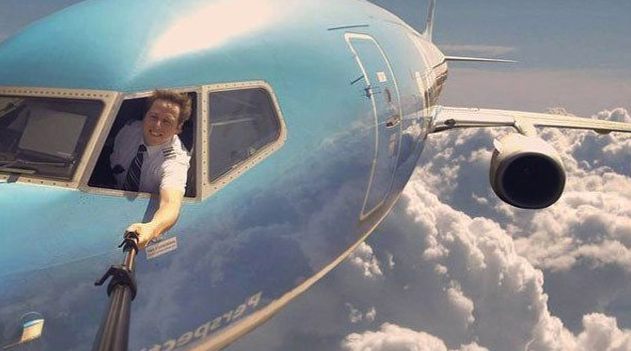
Selfie conscious
With mobile payments expected to reach US $620 billion this year, transaction security is more important than ever. Device manufacturers, platform players, and financial services companies have all pushed development of fraud protection technologies.
Biometric approaches have emerged as a leading defensive weapon. Fingerprint scans are already mainstream. ApplePay, Alipay, WeChat, and others are taking advantage of the 40% of smartphones expected to incorporate fingerprint recognition by year-end[1].
There is a relatively new weapon as well.
In ancient times most of us have cringed at least once after viewing a truly bad driver’s license or passport photo. Then came selfies and all self-consciousness evaporated. Well, sometimes.
Now, fraud protection means that selfies aren’t just for fun anymore. Thanks to some major financial services and security technology companies, selfies are improving their image by serving as a defensive weapon in the biometric fraud protection arsenal.
MasterCard is one of the most visible faces to leverage the power of selfies. Their Identity Check offering is a veritable “selfie pay” biometric mechanism that combines facial recognition and fingerprint scans to protect online shoppers[2].
With Identity Check, consumers making an online purchase continue to fill out the usual personal and credit card information. Then the website and an affiliated smartphone app send a notification to the consumer to verify their identity. A fingerprint scan is one verification, but there is another emerging approach as well. A short selfie video can do the trick. Of course, with a selfie, one issue is to prove that the image is of a real, live person and not a photo being used fraudulently. So, the consumer is required to blink. Broad availability of MasterCard’s approach is planned for the second half of this year in the US, UK, and Canada. MasterCard is not alone. Visa, USAA, HSBC, and other financial services companies also plan to deploy various biometric safeguards.
No surprise, there is a lot of justified concern about data protection for all this biometric information. MasterCard’s approach is to store fingerprint data on the device. To address the security of facial recognition data, MasterCard will convert an initial selfie to binary data, then destroy the image, and store only the digitized version. Then, subsequent selfies will be matched with the stored version.
Another company building biometric security and a “liveness detection” capability Morpho, also known as Safran, a multi-national €1.5 billion security firm based in France. They offer solutions across the digital identity chain and promise to deliver smartphone biometrics based on facial recognition. To that end, Morpho and Visa are already partnering together and demonstrating MorphoWave™, which captures and matches four fingerprints with a single hand movement in less than a second[3].
The result of all this new protective technology? The billion people accessing banking services next year who are protected by biometric systems can smile with confidence when they take that selfie[4].
[1] Trendforce, 2/1/16.
[2] The Age Business Day, 2/24/16.
[3] Morpho press release, 2/23/16.
[4] Mobey Forum, 11/2015.